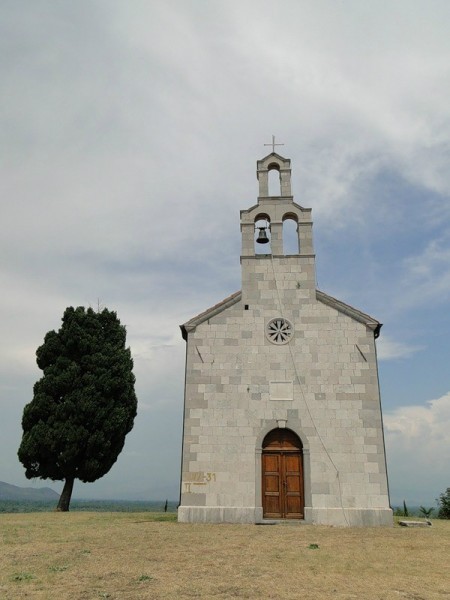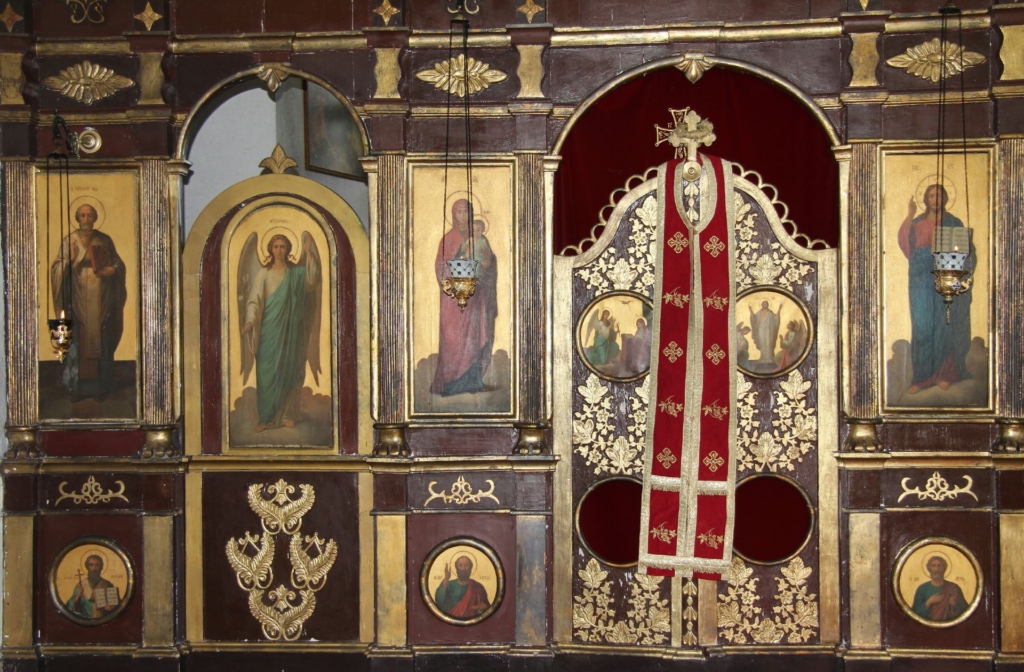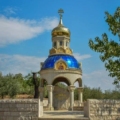I. Introduction
Known as St Nicholas’ Monastery, Vranjina Monastery is an intriguing historical and cultural site nestled on a petite island in Lake Skadar, a natural wonder straddling the borders of Montenegro and Albania. This architectural treasure has been drawing international visitors, eager to uncover its distinct characteristics and deep-rooted history. In this feature, we’ll explore the origins, development, and notable features of the Vranjina Monastery. Offering practical advice for prospective visitors, this comprehensive guide will assist you in planning a memorable visit to this enchanting site. Let’s embark on a journey of discovery, delving into the background and locale of the Vranjina Monastery.

St. Nicholas is a significant figure in the history of Vranjina Monastery and plays an important role in the cultural and religious heritage of Montenegro. As the patron saint of sailors and travelers, St. Nicholas is a fitting symbol for a monastery situated on an island in the middle of a lake. His presence in the monastery’s artwork and iconography is a reminder of the important role that faith and spirituality have played in the history of the region. In addition, the monastery’s association with St. Nicholas has helped to cement its place as a significant cultural and historical landmark, drawing visitors from all over the world who are eager to explore its unique features and learn about the rich history and traditions of Montenegro.
II. History of Vranjina Monastery
Vranjina Monastery has a long and rich history that spans several centuries. The origins of the monastery date back to the 13th century, when it was founded by Serbian monks on the small island in Lake Skadar. Over time, the monastery has undergone several cycles of destruction and rebuilding, with each reconstruction reflecting the architectural styles and trends of its respective era.
Throughout its history, Vranjina Monastery has faced numerous challenges, including wars, fires, and natural disasters. One of the most significant events in the monastery’s history was the Ottoman invasion of Montenegro in the 15th century. During this time, the monastery was destroyed and many of its monks were killed or taken captive.
Founded in 1233, Vranjina Monastery holds the distinction of being the oldest monastery on Skadar Lake. Over the centuries, it has endured numerous challenges, including Turkish attacks that led to its transformation into a Turkish fortress with barracks in 1843. King Nikola’s rebuilding of the monastery in 1886 emphasized its importance as a cultural and historical monument in Montenegro. However, during World War II, it was destroyed and abandoned, left to burn until restoration efforts began in 1998.
Even more intriguingly, it’s said that King Nikola of Montenegro considered sending his two unmarried daughters, Ksenija and Vjera, to live there for the rest of their lives. Talk about overprotective parenting!
Despite these challenges, the monastery was rebuilt and renovated over the centuries, with each new structure reflecting the artistic and architectural styles of the time. Today, visitors to Vranjina Monastery can admire its simple architecture, which includes stone walls, wooden doors, and arches.
III. Architecture and Artwork
The simple architecture of Vranjina Monastery is renowned for reflecting the cultural and religious history of Montenegro.

The architecture of the monastery is characterized by its stone walls, wooden doors, and arches. Visitors can admire the intricate details of the monastery’s construction, including the ornate carvings on the wooden doors and the delicate stonework on the arches. While the church itself is a modest building without frescoes, the Russian iconostasis inside is truly stunning.
IV. Visiting Vranjina Monastery
Visiting Vranjina Monastery is a must for anyone interested in the cultural and historical heritage of Montenegro. Here’s what you need to know before you go:
Practical Information for Visitors
- Location: Vranjina Monastery is situated on a small island in Lake Skadar, which is shared by both Montenegro and Albania.
- Directions: The monastery can be reached by boat or kayak from Virpazar or Rijeka Crnojevića. Visitors can also drive to the nearby village of Vranjina and hike to the monastery from there.
- Hours of operation: The monastery is open to visitors from 8am to 7pm, seven days a week.
- Admission fees: There is no admission fee to enter the monastery, but donations are appreciated.
Tips and Recommendations
- Wear comfortable shoes and clothing that is appropriate for a visit to a religious monument
- Bring a camera to capture the architecture and artwork of the monastery
- Respect the religious and cultural significance of the monastery by adhering to its rules and regulations, including appropriate attire and behavior
V. Conclusion
Vranjina Monastery is a true gem of Montenegro, offering a unique blend of architecture, artwork, and historical significance. Throughout its long and varied history, the monastery has survived wars, natural disasters, and political upheavals, standing as a testament to the enduring cultural and religious heritage of the region.
If you are interested in Montenegro’s religious tourism, you may want to read this article on the best religious spots to see when in the country.
As a cultural and historical landmark, Vranjina Monastery serves as a symbol of Montenegro’s heritage and identity, contributing to the country’s cultural tourism industry and providing visitors with a unique and unforgettable experience.




